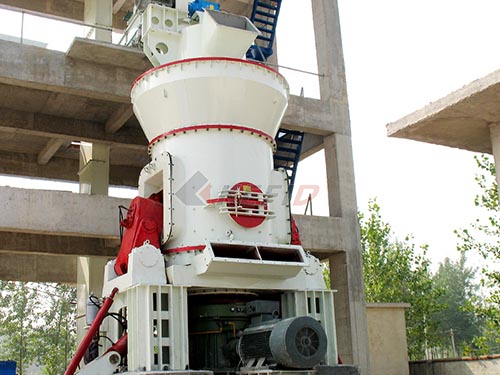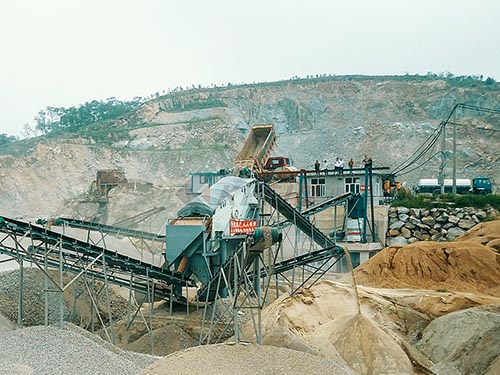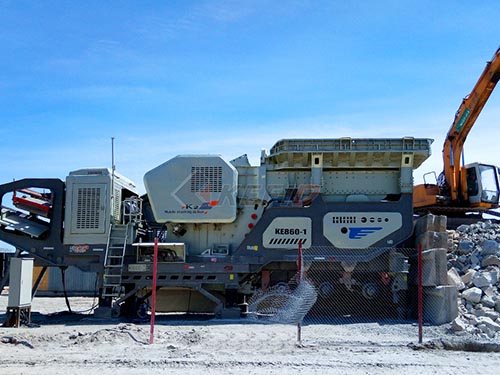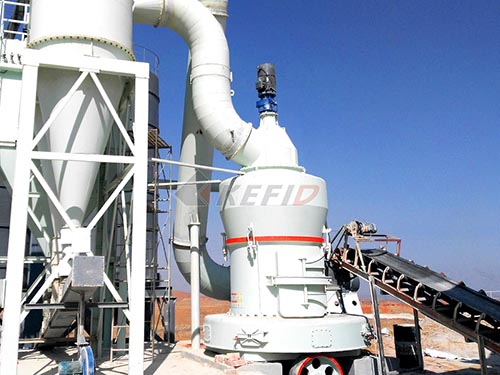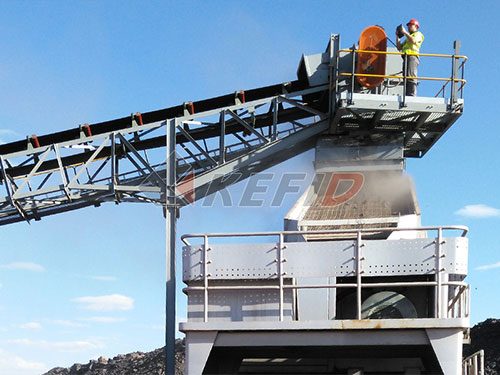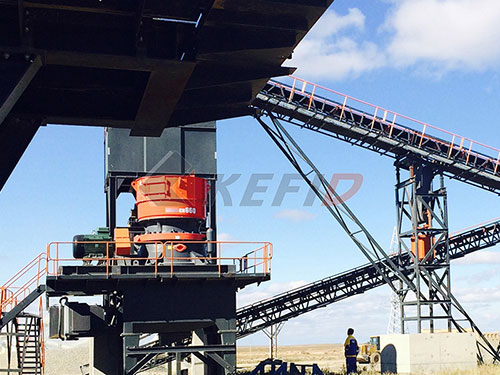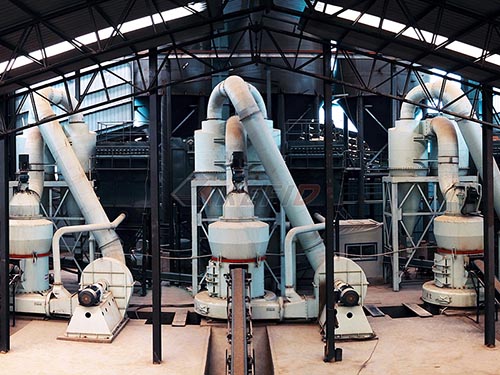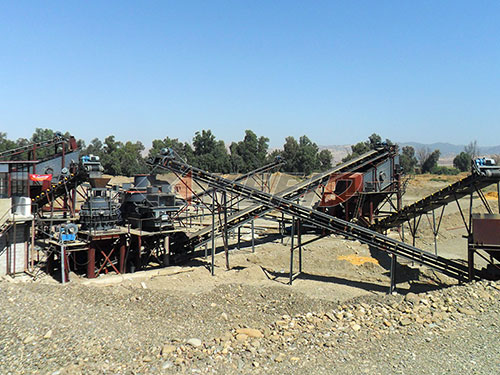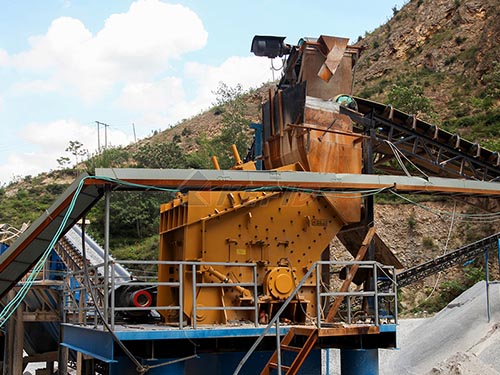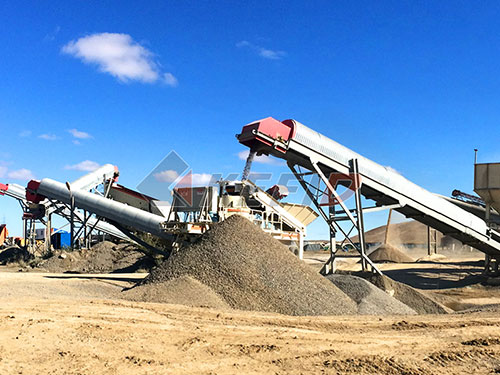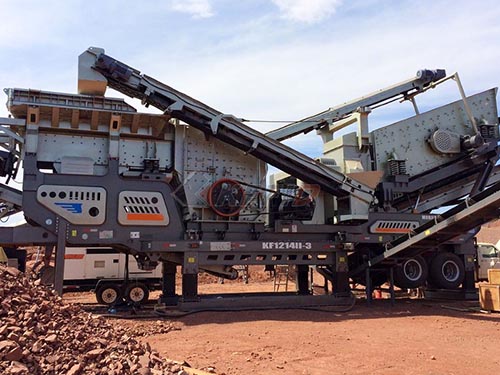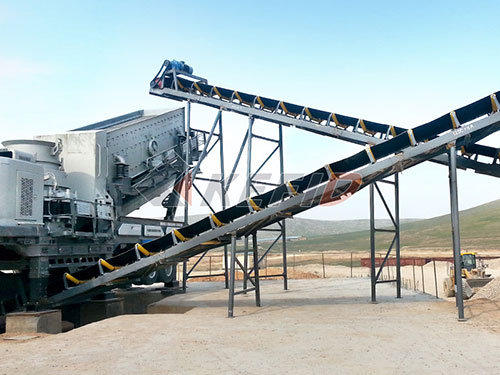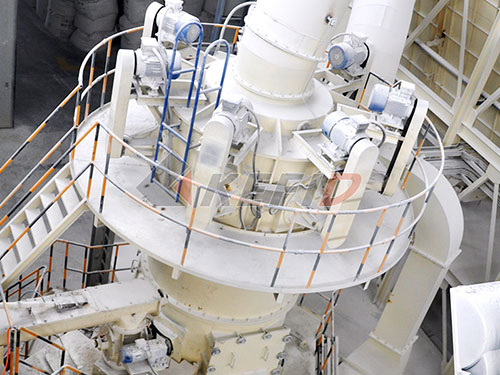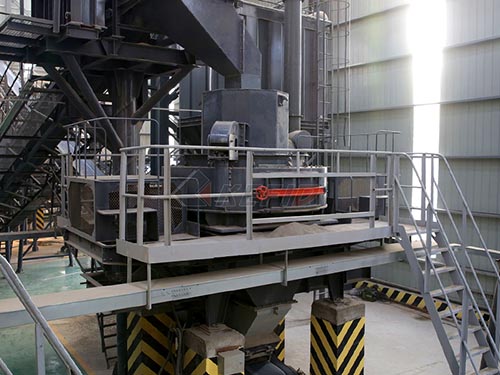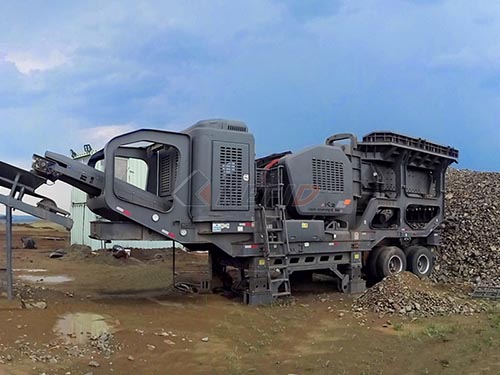A Wet Magnetic Separator is a device used to separate and recover magnetic minerals from non-magnetic materials in a wet processing environment. It is widely used in mineral processing, recycling, and other industries where magnetic separation is required.
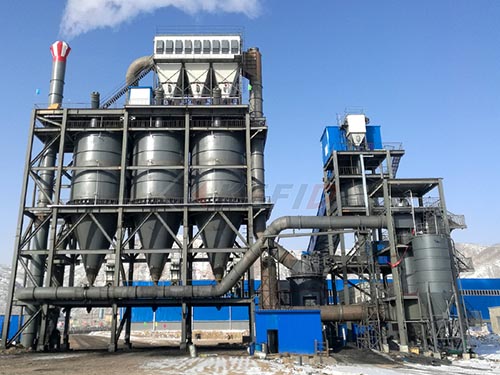
Key Features:
1. Wet Processing – Operates with water or slurry, making it suitable for fine particles.
2. Magnetic Field – Uses permanent magnets or electromagnets to attract magnetic materials.
3. High Efficiency – Effective for separating weakly magnetic minerals like hematite, limonite, and ilmenite.
4. Adjustable Intensity – Some models allow control over magnetic field strength.
Types of Wet Magnetic Separators:
1. Drum-Type Magnetic Separator
– A rotating drum with an internal magnet attracts magnetic particles while non-magnetics flow away.
– Used in iron ore beneficiation and heavy media recovery.
2. High-Gradient Magnetic Separator (HGMS)
– Uses a matrix (steel wool or grooved plates) to capture fine weakly magnetic particles.
– Common in kaolin clay purification and rare earth mineral processing.
3. Vertical Ring & Pulsating High-Gradient Magnetic Separator (VPHGMS)
– Combines pulsating fluid flow with high-gradient fields for better separation efficiency.
4. Wet Belt Magnetic Separator
– Uses a conveyor belt system to continuously remove ferrous materials from slurries.
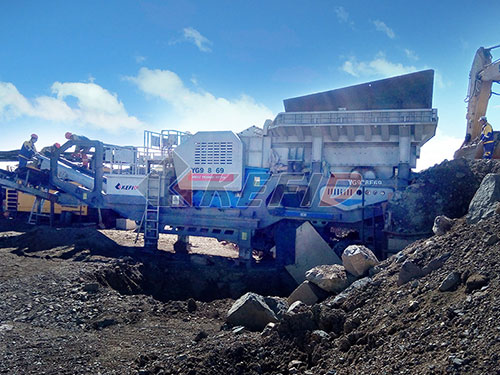
Applications:
– Iron ore beneficiation (magnetite, hematite).
– Heavy media recovery in coal washing.
– Purification of non-metallic minerals (quartz, feldspar).
– Recycling of metals from industrial waste streams.
Advantages:
– High recovery rate for fine particles.
– Low operational cost compared to dry separators.
– Can handle large volumes of slurry efficiently.
Limitations:
– Requires water, which may need treatment before disposal.
– Not suitable for extremely coarse materials.
Would you like details on a specific type or application?
